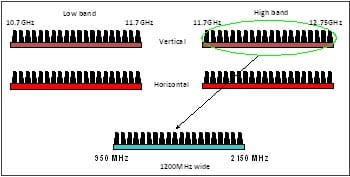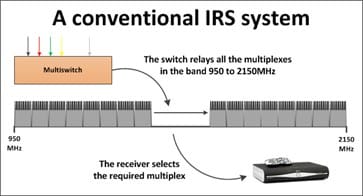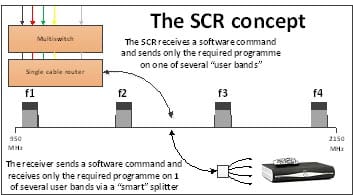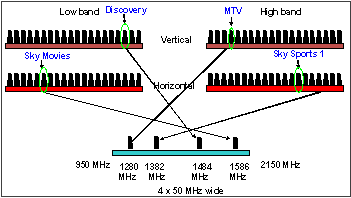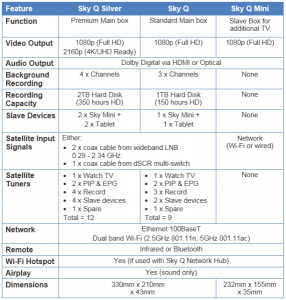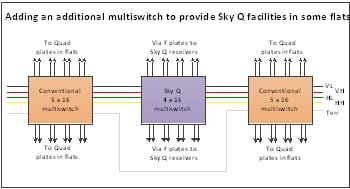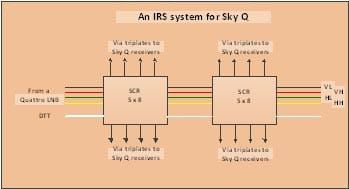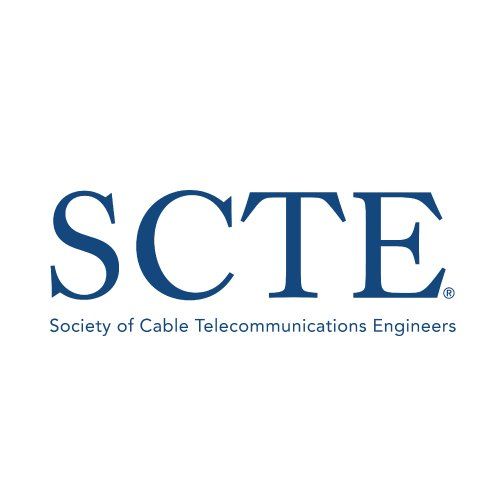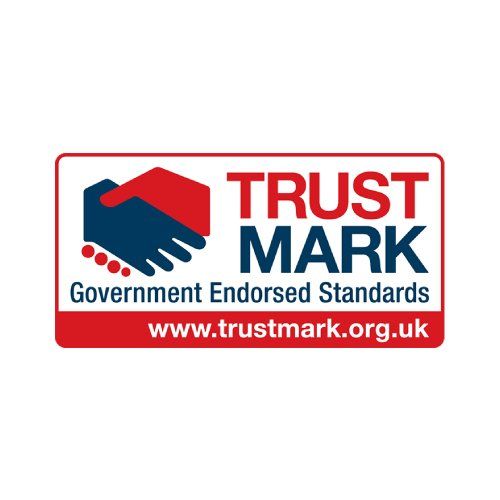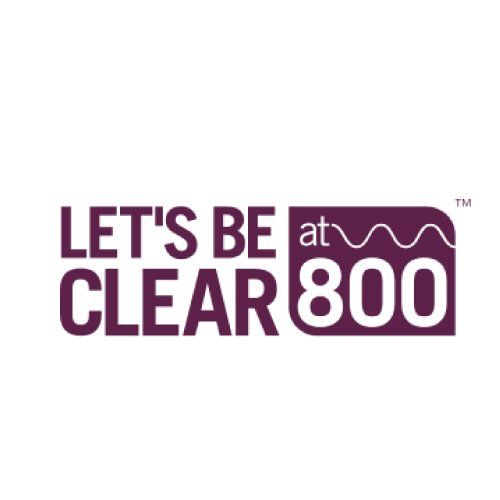Communal TV Upgrades
Authorised Sky Agent
Installation, Maintenance & Repairs
Leeds & West Yorkshire
Commercial, Domestic & Sky
Support 24/7
0113 287 9000 | 0800 14 14 84
35 Years Experience
West Yorkshire's No. 1 Choice
The possibilities are endless for our commercial clients thanks to our in-depth knowledge and understanding of digital systems. Our satisfied commercial clients come in all kinds of shapes and sizes, from local authorities and residential care homes to new-build housing association developments and universities and schools.
We provide: Communal TV Upgrades, IRS (Integrated Reception System), FIRS (Fibre Integrated Reception System), SMATV/MATV (Satellite Master Antenna Television), IPS (Internet Protocol Television), CCTV, Shared Satellite Dishes, 4G Interference, Single Cable Solutions (SCS) and Single Cable Routers (SCR).
CAI Systems
Cube Communications are the only CAI Systems Approved installers in Leeds. This is what makes us the first choice for many management companies and councils looking to upgrade their current TV systems.
Below is a layout of a system supplying signals from 2 satellite dishes down a single cable. Also, you can see a system brief on SkyQ via a DSCR system.
IRS Systems
The original “universal” LNB receives signals in the Ku band of frequencies 10.7-12.75GHz, using both horizontal and vertical polarities.
Switching signals generated by the satellite receiver involves selecting the required polarity and either the top half (high band) or bottom half (low band) of the frequency spectrum, downconverting it to an intermediate frequency (IF) band 950-2150MHz. A universal LNB will therefore have one of the following states:
- Low band horizontal
- Low band vertical
- High band horizontal
- High band vertical
The satellite receiver then selects the required ‘transponder’, from which the required programme is extracted for display on the TV receiver. For multi-dwelling units, an Integrated Reception System (IRS) utilises a “Quatro” LNB that delivers all four states simultaneously to a “multiswitch” which selects the required state for relaying to the satellite receiver.
Sky HD receivers incorporate two tuners, so two separate coaxial cables are required between the switch and the viewing location.
SCR
More than 1.5 million communal homes have only one coaxial cable between the switch and their apartment. This led to the development of a new “classic” technology called Single Cable Router (SCR), which outputs up to eight “User Bands” of frequencies – this is the term for a group of frequencies allocated to a filter in the receiver and carrying just one TV programme. Software commands from the satellite receiver control the selection of the user band frequencies. This allows for up to four Sky receivers, each with two inputs, to be connected to a multiswitch using just one coaxial cable.
The signal is then split after the wallplate through what is known as a ‘smart splitter’. This prevents command collision by delaying the operation of each of the inputs by 10 microseconds to avoid the collision of data commands from individual tuners.
The actual number of user bands depends on the number of filters built into the switch. Most SCR switches in the UK have three user bands, all of which are delivered to all the receiver inputs – the tuner then selects the user band required, ignoring all the others. The popular Lem SCX range has four such bands.
This drawing shows the frequencies of typical user bands, and how the SCR multiswitch provides the actual programme under the command of the satellite receiver. Standard Classic SCR User Bands are numbers 9 (1280MHz), 11 (1382MHz), 14 (1484MHz) and, where the SCR switch allows user band 17, (1586MHz).
Classic SCR technology will operate with all Sky HD boxes delivered since January 2010, plus some earlier units including the Pace PVR3 non HD box and on some Freesat models from 2012 onwards.
Terrestrial (DTT) signals can also be relayed on the same SCR coaxial cable.
Sky Q
The new concept from Sky uses a “wideband” LNB. Instead of splitting the output into high and low frequency bands, it provides a single but much wider frequency band in the range 300-2350MHz. It has two outputs so as to provide horizontal and vertical signals simultaneously. Using two cables, the ‘master’ Sky Q receiver can now therefore receive all of the multiplexes all of the time – it can therefore have multiple tuners! However, these cables cannot relay terrestrial signals as well, and separate arrangements must be made for this.
In practice, the master Sky Q receiver has the two wideband inputs from the dish and incorporates up to twelve tuners with possible uses as shown alongside. It therefore becomes the control hub in homes with multiple Sky receivers. The remote receivers are known as miniboxes.
Data Links
The master receiver does not use coaxial cable to communicate with other receivers in the home. Instead, it uses one of three methods, automatically choosing the best connection available:
- By creating a WiFi network within the home
- By using a dedicated CAT6 multipair cable link to each remote receiver
- Using ‘Powerline’ technology to send data on the mains power cables buried in the wall.
The Sky Q Hub normally replaces any existing router and turns the Sky Q receivers into WiFi hot spots using the faster 5GHz 802.11ac WiFi standards. It also has two Ethernet RJ45 ports if hard-wiring is preferred.
One of the big advantages of the new Sky concept is called “Fluid Viewing”. Live or recorded material is streamed wirelessly to up to four additional rooms. A viewer can therefore pause a programme being viewed in one room, and continue watching it in another location on a different device – even a tablet or cellphone if they are using the Sky Q app.
The Sky Q Family
Sky Q silver is the Rolls Royce receiver with 12 tuners, 2Tb of storage and capable of 4K operation.
The less expensive Sky Q version.
Incorporates 8 tuners and has 1Tb of storage. Can send live and recorded content wirelessly to a tablet device.
The Sky Q mini operates as a slave to the main box. It has no coaxial input and controls a ‘virtual’ tuner in the Sky Q receiver for live viewing. It can also access programmes recorded on the main box. Additional mini boxes can be added at no extra monthly cost, just an installation charge of £99.
The new remote control has a touch-sensitive control pad and uses Bluetooth instead of infra-red, so you can use it in a nearby room. If you have mislaid it, pressing a button on the receiver makes it beep, helping you to find it again. All Sky receivers also come with a standard infrared remote control.
All the receivers are on loan from Sky, who will maintain them free of charge during the contract period.
4K (UHD)
The use of WiFi links limits displays in UHD to the main receiver, with only a restricted 2K service available in the other rooms.
Since the video being relayed on an HDMI lead is not compressed, the use of long HDMI leads should be avoided. It is possible to compress the video and convert to TCP/IP packet data, and to reverse the process at the reception location – this will extend the maximum reach to about 300m but it is a very expensive solution, usually only used where video switching matrices are required.
Other Considerations
Since the signals from a wideband LNB extend down to 300MHz, they may be subject to interference from other services. It is therefore essential to use double screened (and even triple screened) coaxial cable whenever this possibility exists. For the same reason, diplex and triplex wall plates must be replaced with simple F-F couplers for all feeds from the dish and the terrestrial services run separately. Sky Q IF services can no longer share a coax with DTT (Freeview) signals.
Multi-Dwelling Units
Existing IRS networks can be adapted to provide a wideband service by adding Sky Q multiswitches. These have the same four satellite backbone cable inputs (terrestrial can’t be added) and two wideband outputs for each viewing location. Due to their insertion loss, the backbone cable levels will have to be recalculated and separate power supplies may be needed for the new switches. The triplex or quad outlet plates will have to be replaced with straight through F plates and other arrangements will have to be made for the terrestrial services.
A better solution is to use the new digital Single Cable Router (dSCR) concept mentioned earlier to provide the feeds for multiple tuners plus the terrestrial services all on one coaxial cable. With dSCR It is possible to have up to 16 discrete ‘user bands’.
Sky Q uses 12, which leaves four user bands for older Classic SCR uses such as a Sky+ HD box or a Sky multiroom box. The dSCR also allows for the older European software EN50494, (sometimes known as ‘Unicable’) as well as the newer European dSCR software EN50507. An installation of this type will require a ‘smart splitter’ but it still delivers all the services over a single drop cable.
The SCR switch shown alongside has four outputs, each of which can be independently used to provide either a conventional (legacy) multiswitch service or classic SCR to two Sky Plus HD receivers (using a 4way ‘smart’ splitter), or a single input for a Sky Q receiver with 12 tuners (in which case a power injector will be required). It is available with 2, 4, 6 or 8 outputs and a unique input selector to cope with 2 satellite inputs on four input cables using wideband LNBs. This is the equivalent to a nine wire IRS, to cater for two satellite locations, but only using 4 satellite trunk cables and 1 terrestrial trunk. These switches can be cascaded to cope with large systems.
Fibre
Sky Q SCR switches are also available with a fibre input. An elegant solution for new apartment blocks would be to install a single fibre network to each apartment, terminating in a Gateway Termination Unit at each Sky Q receiver location.
Contact Cube Communications
Get a FREE quote
Get in touch with us for a FREE no obligation quote via an enquiry form or give us a call. We would love to hear from you.
Communal TV Upgrades
© 2022 All Rights Reserved | Cube Communications Ltd | Website by Infoserve | Privacy & Cookie Policy

